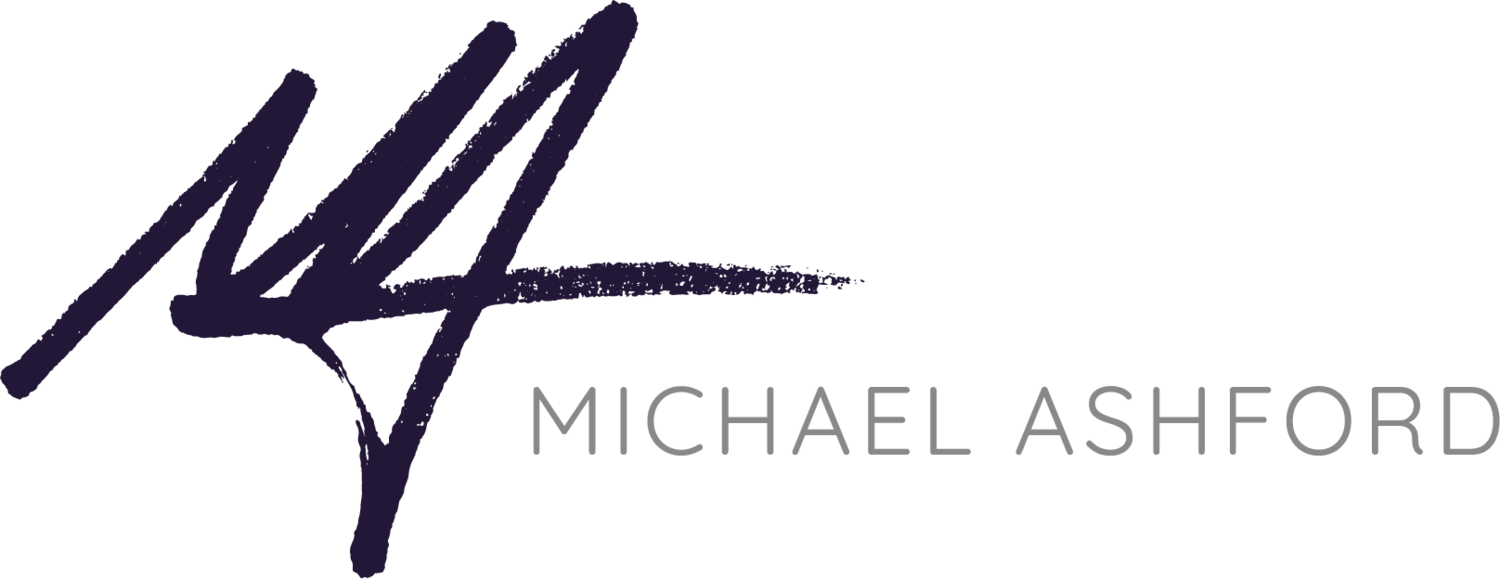Why active listening isn't effective
The phrase “active listening” makes me cringe.
Not because it’s overused (it is) and not because so many of the tips and tricks on being a good active listener make it feel like a Broadway performance (they do).
It makes my nose crinkle and my eyes kinda, sorta roll because far too often, the practice of active listening focuses on the wrong person — the one doing the listening.
If you think about the advice that is often delivered about how to be a better listener, it often reads like a checklist of to-dos.
Maintain eye contact
Repeat and rephrase what you’ve heard to confirm understanding
Put away all electronics
Make sure you’re not crossing your arms
Try to read their body language for unspoken clues as to what they might have meant
Focus so intently on what you’re hearing that you block out any and all other noise
OK, that last one was full of my own snark and attitude.
But I remember the first time someone described active listening to me, and I thought, “OK, so you want me to act like I’m listening.” Very little attention was paid to the other person.
The truth is, out of 7 billion+ people on this planet, only one person knows for sure whether or not you’re actually listening, and that person is who you see in the mirror.
And so, it makes sense that active listening advice often centers on the one doing the listening.
It’s not that I think active listening is bad.
Many well-intentioned people are trying to help us communicate better with each other by teaching the mechanics of active listening.
It just isn’t effective.
OK, then, Mr. Smartypants, what do you suggest?
To answer that, I go back to episode 100 of The Follow-Up Question with Oscar Trimboli, author of the book, “How to Listen.”
Oscar wrote in his book and he reiterated to me during our conversation that it is crucial to understand three numbers: 125, 400, and 900.
According to Oscar, humans, on average, can speak at a rate of 125 words per minute. We can listen at a rate of 400 words per minute, which is why you can listen to a podcast on 2x speed and it still makes sense … mostly.
But 900 is the most important. That’s our thinking speed as humans. We can think at a rate of 900 words per minute, so when I’m listening to someone speak, there are roughly SIX TIMES as many words and thoughts rolling around in their head as what I"‘m hearing.
And this is where the definition of listening takes a turn.
Listening doesn’t occur when you hear all the words being spoken. Listening is when the other person feels as though they’ve been given the space to express themselves fully — that they have said all that needs to be said to make their feelings known.
And to achieve this, my friend, you must get curious about them and ask them questions.
When someone finishes speaking, rather than respond by “stating back to them what you think they meant” or jumping in with your own thoughts or worse, trying to gauge what you think they meant by what they said and how they said it, recognize that there is far more to be said than what you just heard.
Your task as the listener is to ask another question. And another question. And another question.
In case it’s not clear: A great listener helps the person speaking get their thoughts out of their head by asking questions.
A lot of active listening advice will include asking questions as a step along the way, but asking questions is the way to listen well. Because to ask a great follow-up question means you have to ... ahem ... actually listen.
When you provide that space by asking questions and stepping aside, that’s when you realize true listening isn’t about you. True active listening is not completing a series of steps but a commitment to curiosity about another person’s emotions, values, and lived experiences.
Interested in improving your communication skills and presence? Learn more about what it’s like to work with me as your communications and speaking coach.

